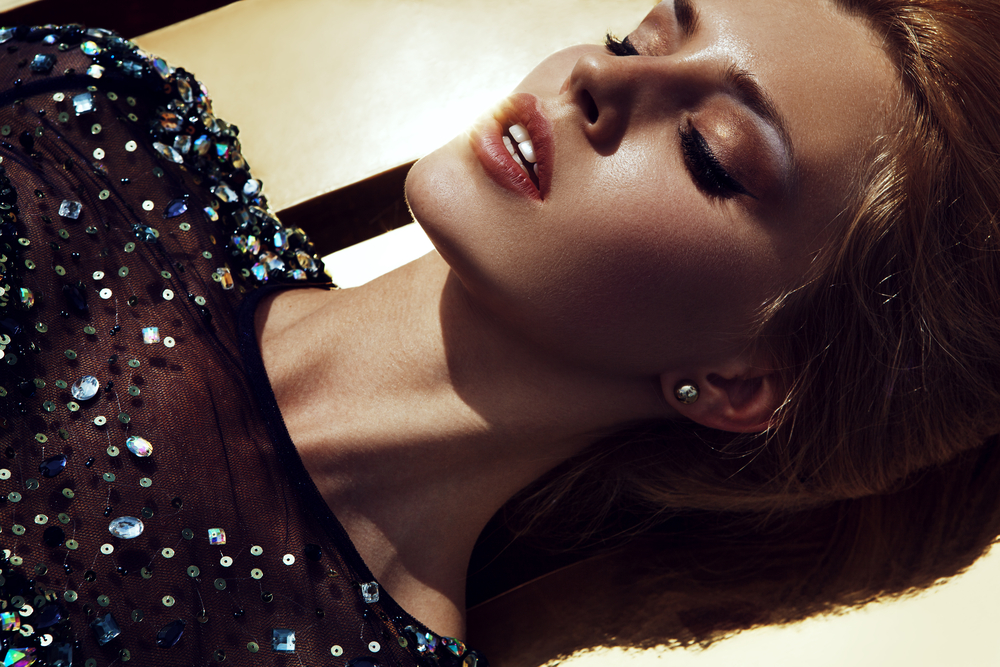
Introduction
With the advent of digital media and the rise of social platforms, the modeling industry has taken on a whole new level of significance. From fashion editorials to brand campaigns, the art of modeling has become an essential element in creating compelling visuals. Behind every stunning photograph lies the mastery of models who work diligently to bring a creative vision to life. In this article, we will delve into the various aspects of modelling , the techniques employed, and how models master the art to enhance the impact of photoshoots.
The Foundation of modeling
At its core, modeling (or modelling) is an art form that requires a seamless blend of technique, expression, creativity, and professionalism. It involves conveying a story or an idea through body language, facial expressions, and poses. The skillful execution of these elements is essential to create impactful visuals in photoshoots.
Understanding the Vision
One of the key aspects of being a successful model is the ability to understand and embody the photographer's vision. The model should be able to grasp the mood, style, and narrative the photographer intends to convey. By comprehending the vision, models can bring their unique interpretations to the table and add value to the final outcome.
Professionalism and Adaptability
Models who excel in their craft possess a high level of professionalism and adaptability. They have the ability to swiftly adapt to various environments, styles, and concepts. Whether it's a fashion shoot, commercial campaign, or artistic endeavor, professional models are able to adapt their style, poses, and expressions to meet the creative requirements and expectations.
Posing Power
Posing is an essential skill that models master to create the desired impact in photographs. It involves adopting various positions, angles, and expressions to accentuate the subject's features and communicate the intended message. Models experiment with different poses to find the ones that flatter their body shape, showcase the garments or products they are presenting, and achieve the desired visual impact.
Expressive Eyes and Facial Expressions
The eyes are often referred to as the windows to the soul – and in modelling (or modeling) , they play a crucial role in conveying emotions, depth, and connection with the viewer. Models skillfully use their eyes to draw attention, convey a specific mood, and create a captivating image. Coupled with facial expressions, they can communicate an entire story without uttering a single word.
modeling (by models) Techniques and Training
To become a successful model, mastering the technical aspects of modeling is crucial. This includes understanding and honing skills such as runway walking, posing for various types of shoots (fashion, beauty, editorial, etc.), and understanding body movements. Many aspiring models attend modeling courses or workshops to develop these skills and gain industry insights. Modeling agencies also play a vital role in providing training and guidance to help models enhance their craft.
Styling and Fashion Sense
Another crucial aspect of modeling is having a keen eye for fashion and styling. Models should be informed about the latest fashion trends, have an understanding of how garments interact with their body, and possess the ability to present themselves in a way that enhances the overall visual appeal. A well-styled model contributes to the overall aesthetic and elevates the success of the photoshoot.
The Impact of Diversity in Modeling
In recent years, there has been a significant push for diversity and inclusivity in the modeling industry. The recognition and celebration of beauty in all its forms have paved the way for models from different backgrounds, ethnicities, body types, and gender identities to flourish. This shift has not only expanded the boundaries of what is considered beautiful but has also enabled the industry to reflect the diversity of society itself.
Frequently Asked Questions
Q1: What are the essential qualities needed to excel in the modeling industry?
A1: Aside from physical attributes, qualities such as professionalism, adaptability, creativity, and a strong work ethic are crucial to thrive in the modeling industry.
Q2: How important is it for models to understand the photographer's vision?
A2: Understanding the photographer's vision is pivotal for models as it enables them to bring their interpretations, adapt their poses, expressions, and ultimately contribute to the creation of a compelling visual.
Q3: Is training necessary to become a successful model?
A3: While not mandatory, training can significantly enhance a model's prospects by providing them with technical skills, industry knowledge, and networking opportunities.
Q4: Why is diversity important in modeling?
A4: Diversity in modeling is vital as it promotes inclusivity, challenges societal norms, and allows for a broader representation of beauty, ensuring everyone feels represented and valued.
Q5: How can aspiring models enhance their fashion sense?
A5: Keeping up with fashion trends, exploring various styles, experimenting with clothing, and seeking inspiration from fashion magazines and social media can help aspiring models enhance their fashion sense.
Conclusion
Modeling is an art form that requires skill, creativity, adaptability, and professionalism. From understanding the vision to perfecting poses and expressions, models hold the power to create visually captivating images that resonate with audiences. Aspiring models can excel in their craft by undergoing training, developing their fashion sense, and embracing the evolving landscape of diversity and inclusivity. The art of modeling not only contributes to the success of a photoshoot but also leaves a lasting impact on the viewers, making it an integral aspect of the visual storytelling realm.
Other useful resources
- https://www.planetmodelphoto.com
- https://blog.planetmodelphoto.com